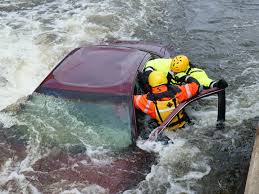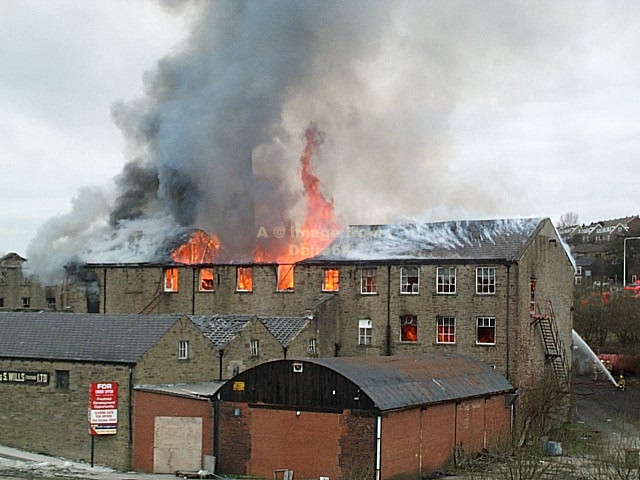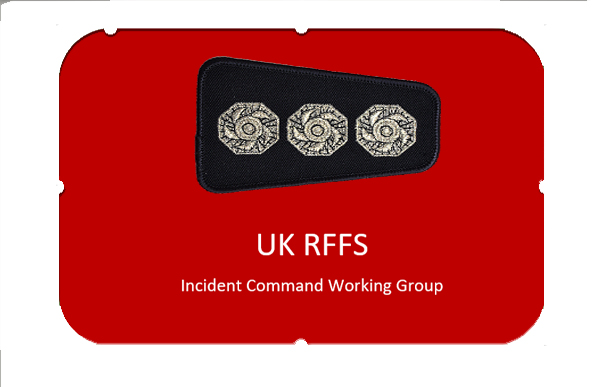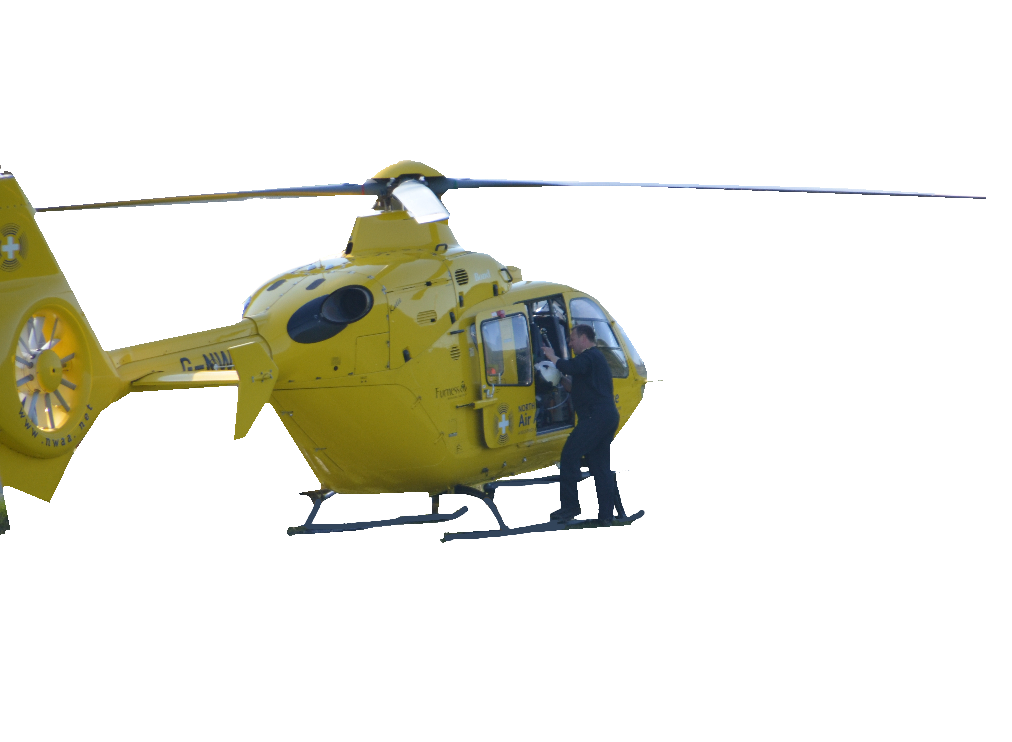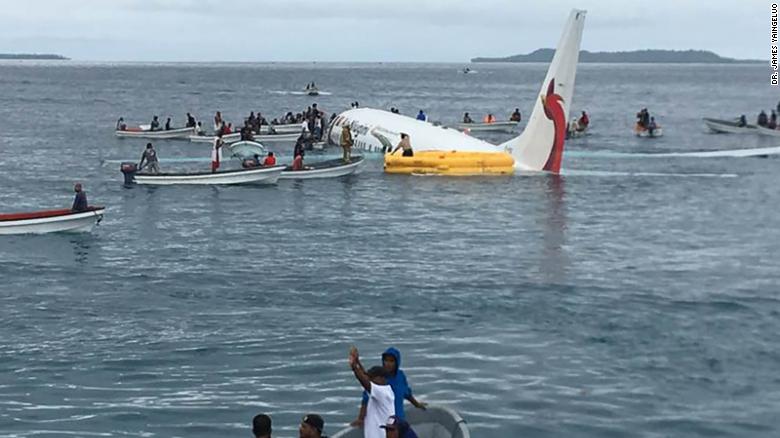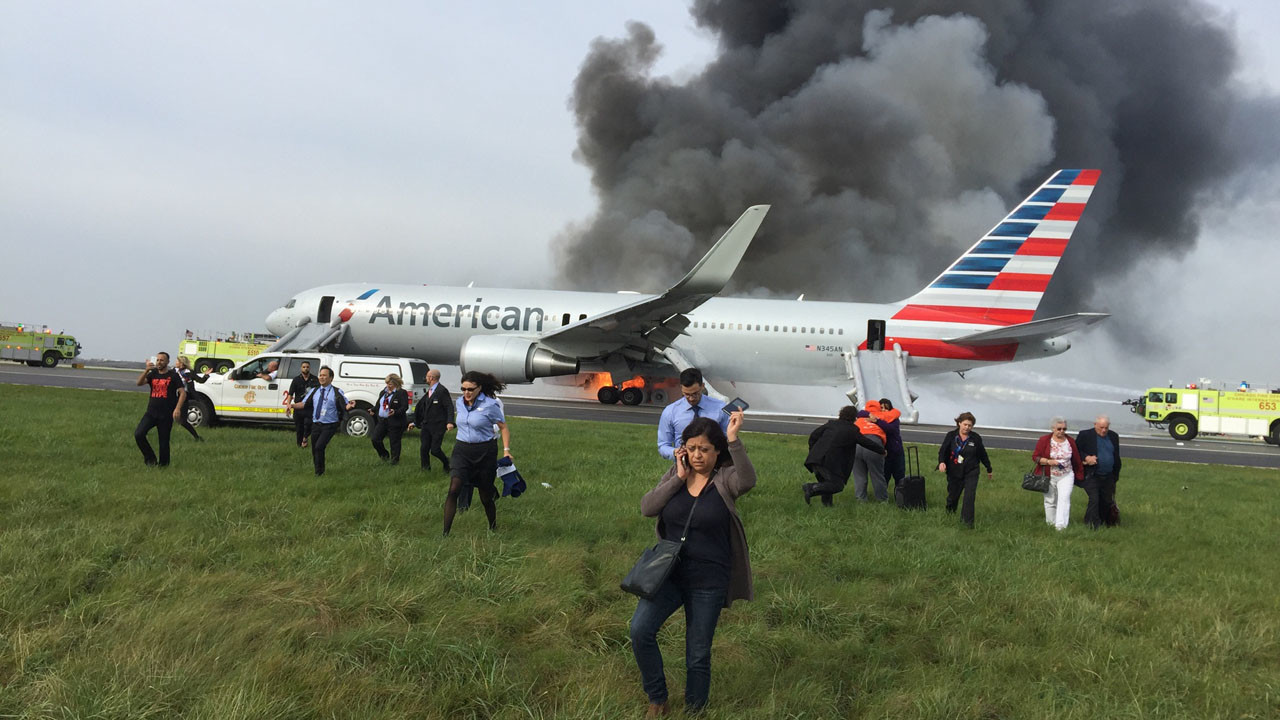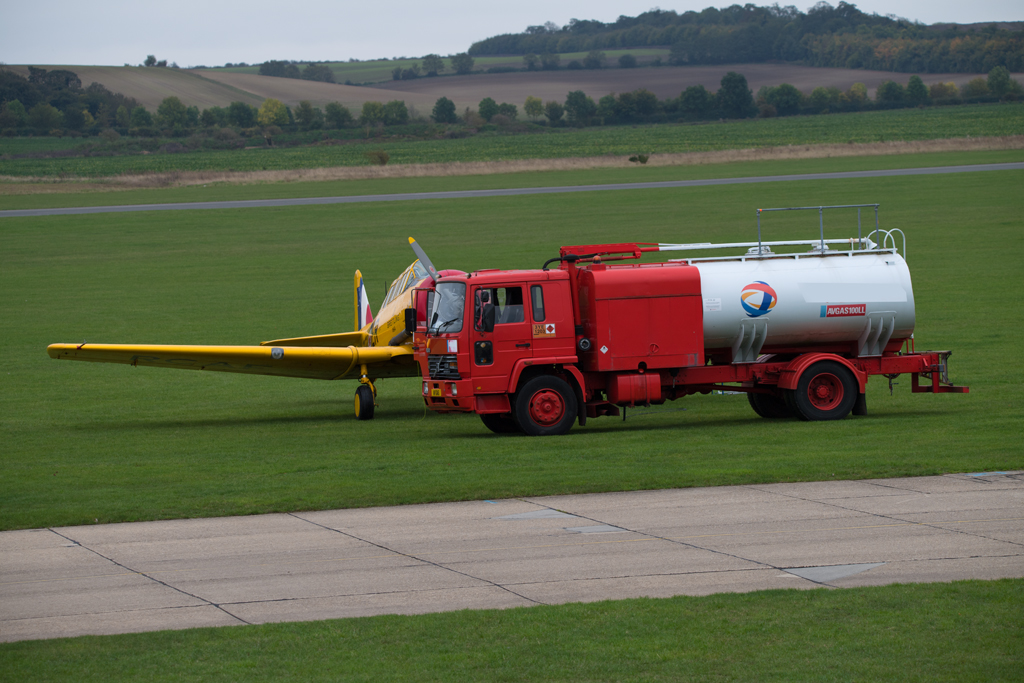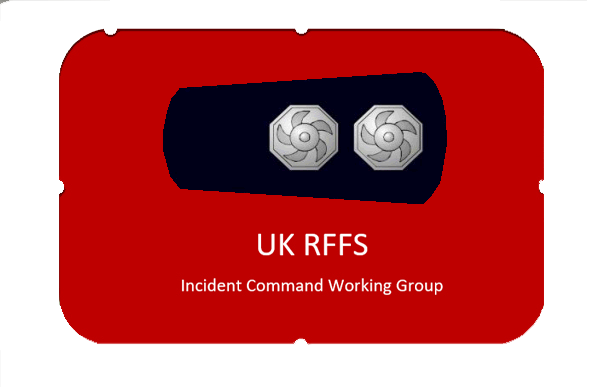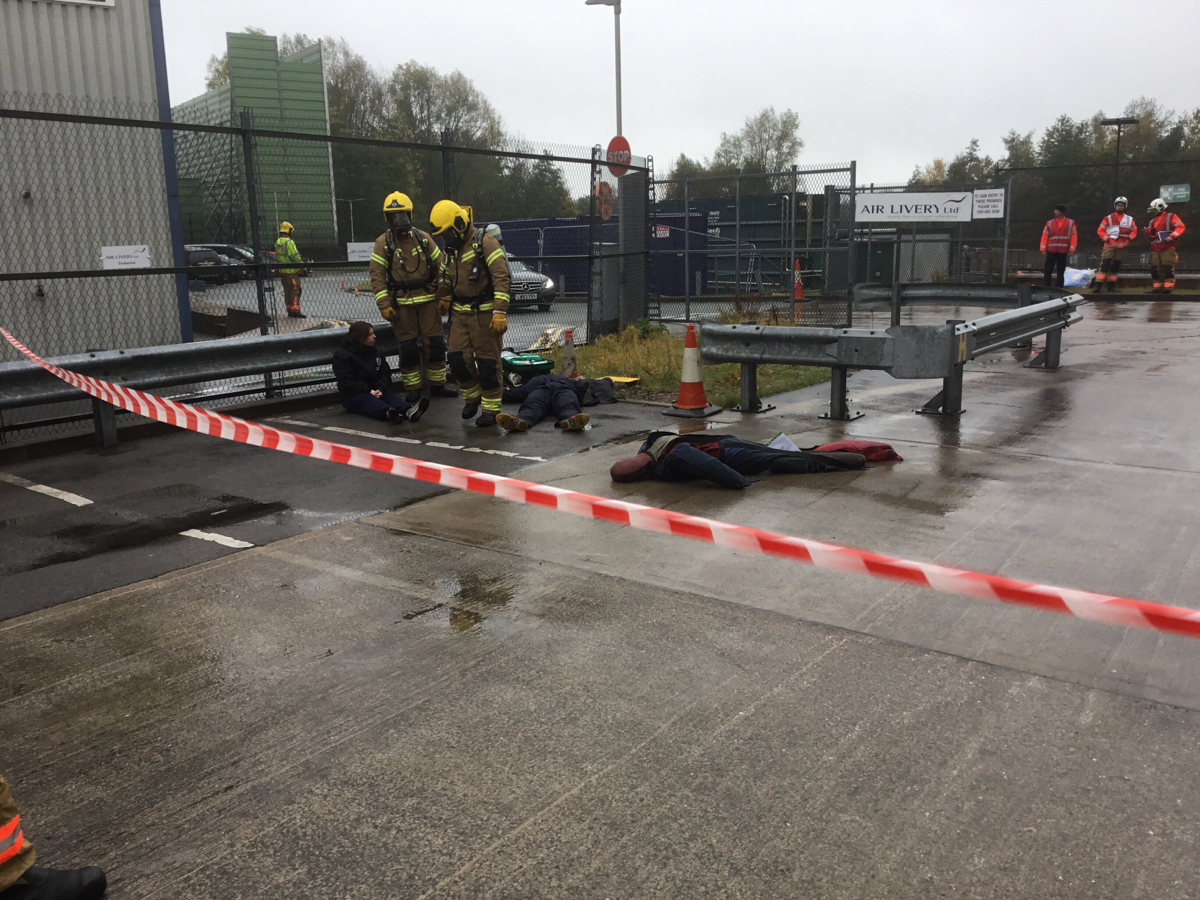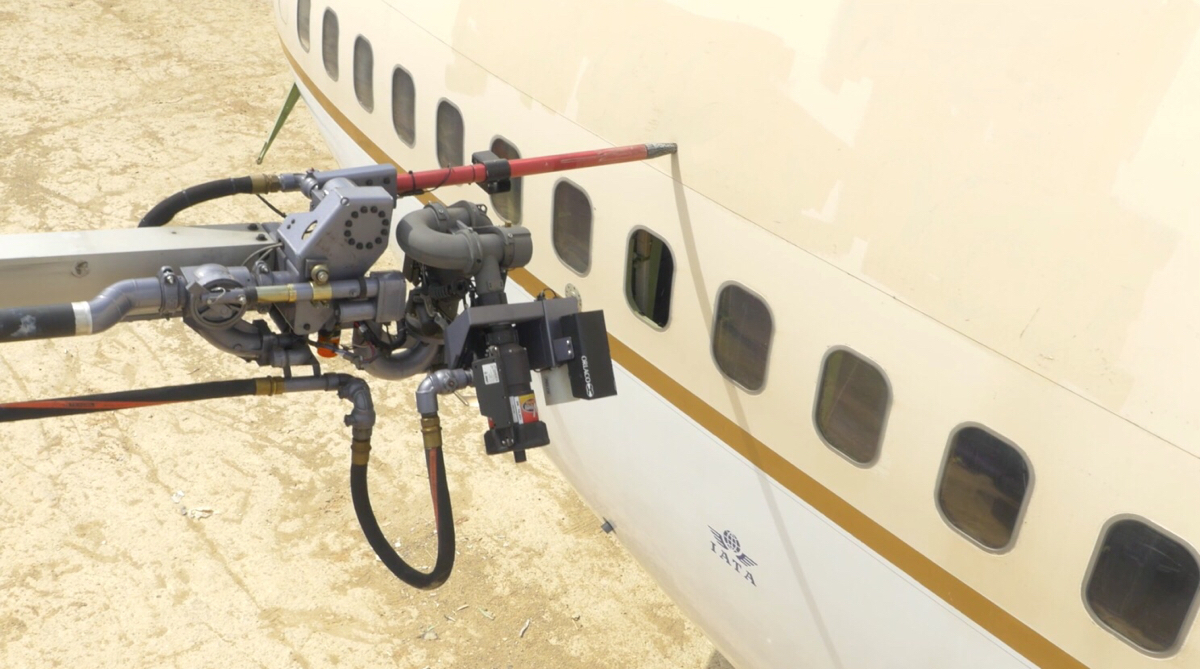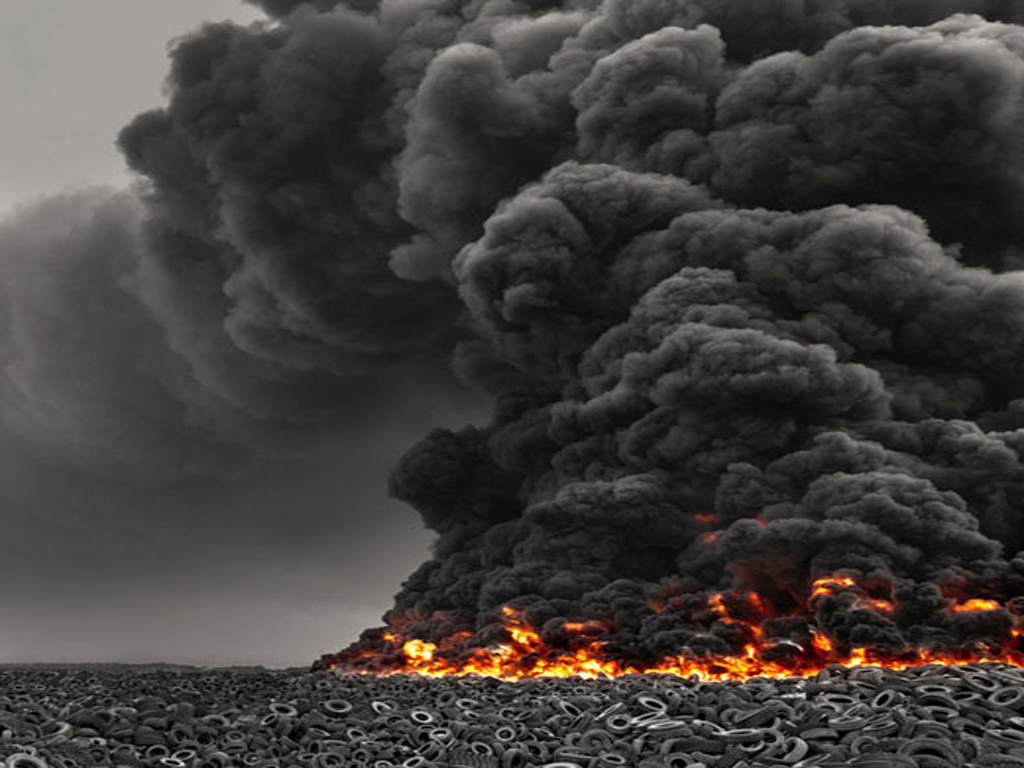Title Page
-
Document No.
-
Weather currently, detail any expected change if known. Day or Night
- Fine and Sunny, warm to hot
- Wet and Windy, cold
- Dry and Overcast warm
- Rain moderate or light
- Windy
- Low visibility
- Showers
- Frost or Snow
- Day
- Night
-
If Raining, estimate Total expected if known
- Heavy Rain
- Moderate Rain
- Light Rain
- Prolonged
- Showers only
- Torrential conditions, spate events likely
-
If Tidal, have you checked Tide tables
-
Has the current of the water been considered and recorded
-
Incident number if known or assigned
-
Conducted on
-
ARA completed by
-
Location
-
Location without auto locate, detail or Multi occupation site
-
This checklist provides a review to assist in identifying significant hazards for completing the Analytical Risk Assessment.
Having carried out the dynamic risk assessment and established a tactical mode, an incident commander should be aware of the immediate hazards, who is at risk and the control measures necessary to protect them. This initial assessment now forms the basis of a more detailed incident risk assessment known as an analytical risk assessment (ARA). This should be completed and recorded on all occasions when the recorded dynamic risk assessment is not sufficient.
Once completed this information should be communicated effectively with all relevant agencies attending the scene and the risk information shared to improve the situational awareness of all on scene. The person who completes the analytical risk assessment should be competent. They need to bring their findings to the attention of the incident or sector commander. These should include details of any hazards, risks and control measures. ref: Foundation for incident command NOG page 46.
Assessment of scene and review of actions taken and current conditions
-
Are you in a safe position for completing the ARA and wearing the correct level of PPE?
-
Have all personnel had a safety brief, Minimum Personnel used?
-
Included in brief is no eating, drinking, smoking until all safety issues are known and controlled
-
Have you a Thermal image camera to assist the safety survey or casualty search
-
Can you safely conduct a 360 degree safety survey of the incident scene, define if limited to one side of a scene only
-
Is the incident likely to impact on areas away from the incident scene and transfer any risk to another location
- Incident safety issues confined to incident scene only
- Incident safety issues present some transfer risk to the site
- Incident safety issues present an off site transfer of risk
- Incident safety presents significant risk off site and the wider area
-
If safe and permitted can you take a photograph as evidence of current scene from a safe position
-
Visbility and Ground conditions
- Good visbility
- Good conditions underfoot
- Poor ground conditions, unmade
- Poor visibility
- Low Smoke to ground, obscurring visibility
- Slippy, Wet
- other detail in notes if needed
-
Water Conditions
- Fast Flowing, in Flood
- Frozen or Partially frozen
- Slow Moving or Still water
- Moderate flow, Non Flood
- Fast Flowing, Non Flood
- Quicksand suspected or known
- Mud or channel on Estuary
-
Incident involves Water that is
- Tidal River
- Fluvial, Non Tidal River
- Canal
- Reservoir, Pond, Lakes
- Drain, Culvert, Sewer, detail in notes
- Street, Urban area based flooding of properties
- Coastal, Beach based response, Harbour
- Storage tanks
- Mudflat or Marsh
- other not defined, detail in notes
- Slurry pit
-
Water Depth expected or known
-
Are you Completing this assessment as safety officer for the whole incident
- Safety officer for whole incident site
- Sector safety officer
- Multi agency safety officer working with other agencies
- Functional role safety officer
- None of the above, detailed in notes
-
Are all Vehicles and Personnel Waterside in a safe deployment, correct PPE
-
Forward control point defined or identified
-
Confirm agencies needed or requested
- RNLI
- Coastguard
- Police marine unit, Divers
- Swift Water Rescue specialist
- Air Support, Air Ambulance
- Other rescue service or specialist needed, detial in notes
- Fire
- Police
- Ambulance/HART
-
The Tactical mode is confirmed as Offensive and has been communicated
-
The Tactical mode is Confirmed as Defensive and has been communicated
-
Incident Sectorised
-
The incident has been confirmed as sectorised and is in No Overall Tactical mode.
-
Identify the sectors in notes
- Sector 1
- Sector 2
- Sector 3
- Sector 4
- Water Sector
- Decontamination Sector
- Marshalling Sector
- Other not specified, detail in notes
-
Hot, Warm, Cold zone identified
-
Have other agencies appointed safety officers
-
Was or Is the presence of contaminated products suspected in the Water
- Water does not appear polluted
- Water appears polluted with clearly visible product
- Unknown at this time
- not listed, detail in notes
- Water is known or labelled as a contaminant
-
Have other agencies been informed of the risk of Water contaminants
-
Has a cordon been established? Specify inner and outer as required? is there a cordon gateway established
-
What is the classification of this incident
- Property or Area Flooded
- Person missing in water
- Animal in Water
- Aircraft ditched or crashed in Water or Mud
- Road Vehicle in Water
- Other Transport in water, detail in notes
- Large scale
- Small scale
- Body Recovery
-
Evacuation or further Evacuation needed? Safe routes to safe areas identified
- Evacuation needed
- Evacuation distance reduced on risk assessment , based on guidance or specialist advice
- Evacuation is to be replaced shelter in place
- No evacuation needed at this time
-
Was a Methane or Ethane message required or has one been sent, specify in notes if required
- Methane not applicable to to this incident
- Ethane not applicable to this incident
- Methane or Ethane message sent or updated
- No message sent and required
- Further Informative message sent
- Further Assistance message sent
-
Environment Agency consulted, record brief details,
-
For Airports, Has the effect on movements and category been considered, Air traffic control Informed
- All Movement isolated, record current category in note, update as required.
- Movement not affected, record current category in note, update as required.
- Other, describe as required in note
- Specific movements restricted, category affected
- add further detail in notes as required
-
For Airports, Expected length of fire service operations as a result of the incident
- No delays to operations, RFFS available
- No resources available for at least 15 minutes
- Significant delays to RFFS resources 30-60 minutes
- Major delays over 60 minutes
-
Are persons involved as casualties, specify in note how many
- No person directly involved
- Persons involved and require medical treatment
- Persons or animals involved, specialist advice or measures needed
- Decontamination from product will be required
-
Manual Handling Risks considered and briefed to responders
-
Are Chemical or Biological Hazards Present, if so request Hazmat officer if not already done
-
Was Emergency decontamination carried out, needed or considered
-
Has a casualty clearance zone been set up
-
Is this in a safe, well lit and accessible location
-
Are there any outstanding safety issues with the casualty clearance zone
- Safe
- Still At Risk but ALARP
- N/A
- Slight Risk
Water Incident Detail
-
Damage Assessment
- Damage is Severe, structure is dangerous and unsafe to enter or approach
- Damage is Moderate to structure of , compromised but can be entered for essential tasks
- Insignificant Damage
- Minor Damage to a specific part or area of the building
- No Damage at all
- Other detail in notes
- Water Damage Only
-
Environmental Impact
- Significant
- Moderate
- Slight
- None
-
Has the incident caused a subsequent leak of contaminant, detail in notes, consult with HMEPO
- Leak confirmed but contained
- Leak confirmed and is uncontained
- No leak observed or known at this time
- HMEPO requested or Informed
Safety detail for Buildings involved in Floods
-
Sign of collapse present, Damage buildings known
- Buildings unaffected
- Buildings damaged
- Earthworks around buildings show signs of damage, slippage, subsidence
- Collapse of drains or culverts visible or known
- Other structure damaged or breached
-
Services Isolated, Gas, Electric
-
Are Overhead power lines present and safe
- Over head power lines not involved
- Overhead power lines possibly involved, consult utility company
- Overhead power line involved
- Not known
-
Does the building have scaffolding present, presenting a risk of collapse due to current
-
Is surrounding ground stable, no sign of landslip around building
Significant Hazards Identified
-
What is the significant Hazard identified
-
What is your assessment of the consequence of a safety event with this Hazard with current control measures
- Multiple fatalities, catastrophic loss of business 5
- Major injury, single fatality, critical loss of process or damage to property 4
- Reportable injury, moderate loss of process or limited damage to property 3
- Non reportable minor injury, minor loss of process or slight damage to property 2
- Insignificant damage to property, equipment or minor injury 1
-
what is the likelihood
-
Control measures needed
- Fire Suppression
- Support to prevent collapse
- further safety officers or monitoring
- Gas Detection
- Thermal Image monitoring
- Specialist or Technical advice
- Electrical Isolation
- Additional Lighting
- any other not above, detail in notes
- Exclusion of personnel from the hazard area
-
After new control measure applied rate the safety of the Hazard, add detail in note if required
- Safe
- Still At Risk but ALARP
- N/A
- Slight Risk
-
Further control measures needed, define clearly and communicate to Incident Commander
-
Has the Incident Commander been made aware of all safety issues and control measure needed
-
If the incident is sectorised has the Sector commander been made aware of all safety issues and control measures
-
Has this Safety assessment been shared with other agencies and acknowledged
Re Assessment of Scene
-
Confirm if there is no change to this assessment in 20-30 minutes
- Assessment and condition of site unchanged from previous ARA
- Re Assessment and new ARA Needed due to changes or developments
-
Safety Briefing to be conducted or Arranged, all agencies, request detail time and location from Incident commander
-
Tactical mode is still correct
- Tactical mode still current and correct
- Tactical mode requires updating, OIC informed
- Tactical mode deemed incorrect, detail in NOTE
- Tactical mode is all incident
- Sector Tactical mode correct if Sectorised
- Sector Tactical mode Not correct if Sectorised
-
Incident Closed
Incident Closure and Handover
-
Incident handed over to other agency or authority
-
Provide if possible a safety brief to assist the handover
-
Notes for Debrief complete as required
-
Post Incident Health monitoring needed
-
Detail reason for Health Monitoring
-
Person accepting the Handover
-
Person completing this Assessment
-
Incident Commander
